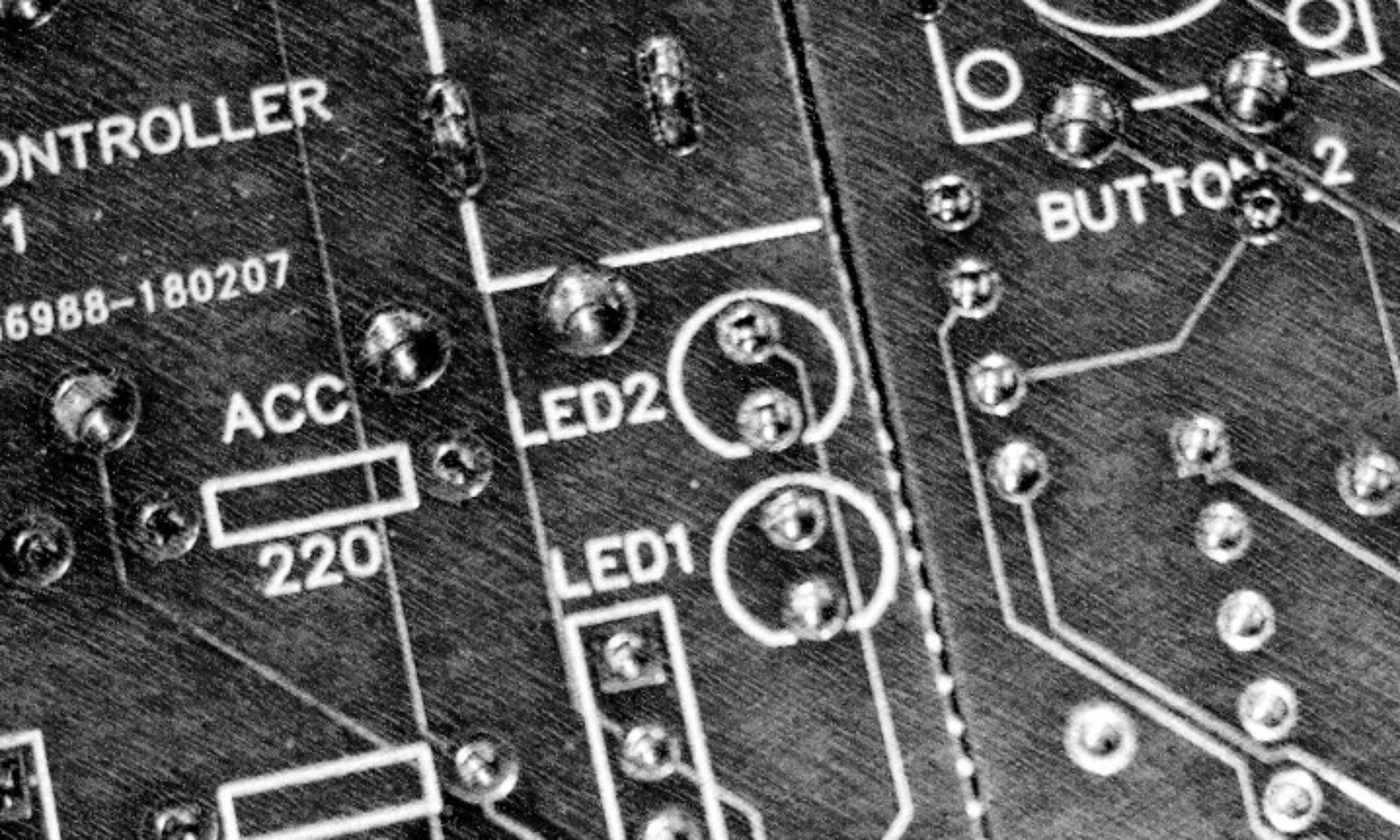I made an IoT Push Button (Think of those Amazon Dash things) that you can use to control your central heating, turn on/off your lights and even request drink refills when relaxing in the garden (provided your other half is making the drinks of course!).
This project uses a D1 Mini micro-controller and should run for months on a single battery using the deep sleep feature.
You will need:
D1 Mini
https://www.banggood.com/custlink/3v33H1lji3
3.7 Li-ion 14500 battery:
https://www.banggood.com/custlink/Gv3vPToo9Y
AA style Battery Holder:
https://www.banggood.com/custlink/DKvDHTOOIt
Push Button and cap:
https://www.banggood.com/custlink/3KvDFuajZC
3D-Printable housing, some short lengths of wire and a glue gun to fix
Further details available at instructables:
https://www.instructables.com/id/Request-a-Drink-IoT-Push-Button/.
and Thingiverse:
https://www.thingiverse.com/thing:3733153


















